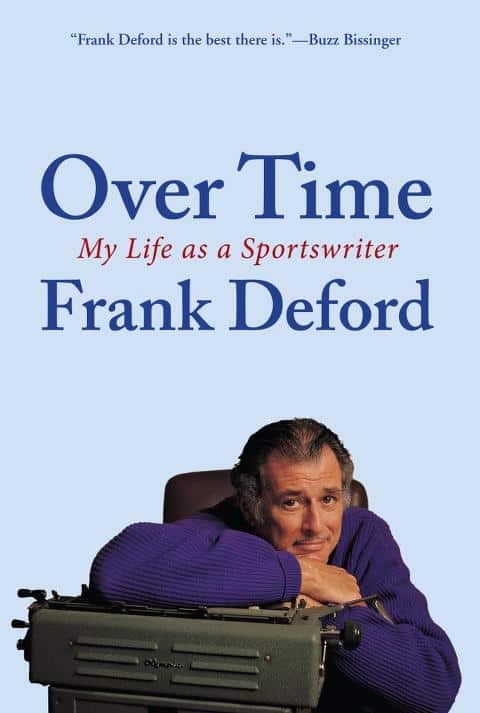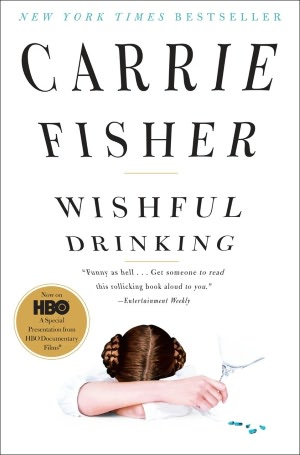Writing on a topic or piece of history so well known, and revered,
places any author on a hiding to nothing. Everyone (at least everyone
in Australia) has some degree of familiarity with the story therefore
despite how fantastic the story is, and Phar Lap's is fantastic, an
author stands more chance of taking away from rather than adding to
it. The second difficulty lies in knowing the readers inherent
knowledge level, while everyone knows of Phar Lap, just how much they
know is up for debate.
 Take for example your reviewer here who has seen, being Melbourne
born and bred, multiple times Phar Lap's hide on display at the
Melbourne Museum however has to admit that before reading this book
had the horses Melbourne Cup win registered in his brain as 1929 (it
was actually 1930). Clearly I was coming from a low base of knowledge
and needed more of the background. But your experienced follower of
track history would be the opposite and desperately seeking new
insights into the events.
Take for example your reviewer here who has seen, being Melbourne
born and bred, multiple times Phar Lap's hide on display at the
Melbourne Museum however has to admit that before reading this book
had the horses Melbourne Cup win registered in his brain as 1929 (it
was actually 1930). Clearly I was coming from a low base of knowledge
and needed more of the background. But your experienced follower of
track history would be the opposite and desperately seeking new
insights into the events.
The story of this horse is accurately reflected in the byline of this
book, he was a hero and an icon to an Australian community ravaged by
the Great Depression. But though the horse was likely blissfully
unaware of it throughout his life the relationships around him were
racked with greed, envy and angst. Interestingly Armstrong and
Thompson chose to include the tragic story of one of the horses
earliest track riders, an apprentice jockey Heaton Cashell 'Cash'
Martin, who was unable to follow the horse to Melbourne and later
died in a race fall just after Phar Lap had won the Victoria Derby in
1929.
Measurements of weight and odds are integral parts to the sport of
kings, however they do not make easy reading. Rather than let the story flow the authors include significant amounts of
data on the weights carried and the relative prices available from
bookies. If Phar Lap was a hero to people and an icon then his story
must be carried beyond the menial, and the authors are unable to do
so.
In addition as a very recent and low level follower of horse racing
(who is not interested in gambling) the attraction is the majesty and
power of these beasts charging away at close to 60 km/h. That despite
there being many memorable shots of Phar Lap throughout his lifetime
none are included means that the publishers and authors have missed
another method of bringing the magic home to the reader.
The story holds its own regardless and to understand better the love
of the sport in Australia you need familiarity with it. While it
could have been done better this book is ranked Tennis Balls.
Cover image thanks to Allen and Unwin



















